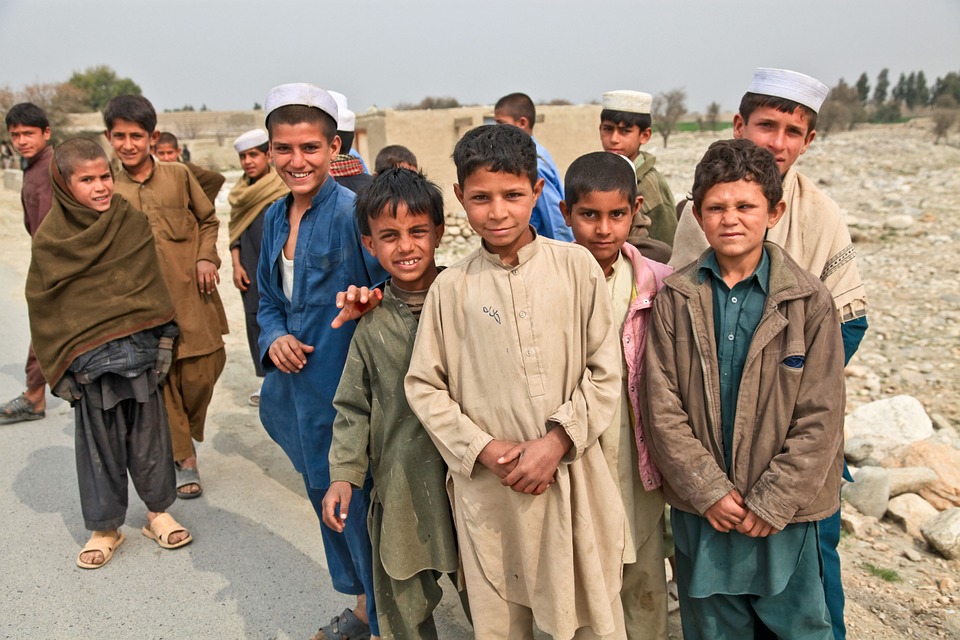In late February 2019, UNESCO (United Nations Educational, Scientific and Cultural Organization) reports on the findings of Broadband Commission’s Working Group on Education: “Access to high-speed technologies over both fixed and mobile platforms can be extended so that students and teachers everywhere can reap the benefits – for themselves and for their communities.”
For the first time, the Broadband Commission will be organizing a special session, the Leadership Debate: Getting the Next 3.7 Billion Online, on 10 July 2019 to examine the role of collaboration in getting the offline population online, including the need for inclusive people-centered approaches and innovative investment models for affordable and secured connectivity.
ICT, or Information and Communications Technology, is generally accepted to mean all devices, networking components, applications and systems that combined will allow people and organizations (i.e., schools, universities, businesses, nonprofit agencies, governments, etc) to interact in the digital world.
But the current picture is this: 61 million children of primary-school age, and a further 71 million of lower secondary-school age, are not in school; and an estimated 1.7 million extra teachers will be needed to achieve universal primary education.
Even if we are able to connect communities through the internet, who can help educate young children when there are no trained teachers to facilitate online learning or take part in this monumental move of the classroom to the Internet?
Connectivity issues for rural communities
Students without broadband at home are at a distinct disadvantage when they are working on assignments that require research that is found on the web or need access to interactive services.
Unfortunately, rural communities are generally the last to be connected in most countries, as the cost to install the necessary infrastructure by the service provider is not justified by the number of people that will actually use it.
The adoption cost for the end user can also be prohibitive in rural areas as higher prices would need to be charged for similar services in densely populated urban areas.
This is the first part of the challenge. Once broadband is available, the cost of purchasing a computer and paying for the connection to the internet may be out of reach for low-income families.
This can force families to send children and students away for their education.
Learning without leaving: Broadband opportunities for rural education
At the minimum, broadband should be available in schools and libraries. In rural communities, these centers often serve a dual purpose and play a key role in the life of the community. They double up as community centers, hosting civic activities, and have the potential to utilize the resources available after school hours for the greater local community.
In this way schools can serve as a broadband hub, allowing the community access to lifelong learning, corporate development programs, and graduate studies. (including advanced placement or International Baccalaureate classes)
Generally, in rural communities, the limitations that hinder progress are the small size of classes, creating a lack of financial resources needed to attract qualified teachers to teach the required subject matter.
The internet solves both of these issues, allowing students to connect to virtual courses taught by highly qualified teachers, participate in foreign language classes that may not be available locally, practice conversation skills with native speakers, etc.
Many of these resources that are available at publicly funded virtual schools are taken for granted in urban areas and desperately needed in rural schools that cannot access them.
Overcoming the distance challenge: Real-time, interactive video conferencing
The geographic isolation of many rural communities can be overcome with real-time, interactive video-conferencing, allowing communities to participate in the wider world and advance along with similar timelines.
This can only be achieved with high-speed broadband, as opposed to using telephone conferences which create a one-dimensional communication environment. This would offer rural students the opportunity to really explore the wider world; creating connections and making friends across the globe.
Workplace job shadowing program becomes possible, collaborative learning on projects with other schools and students, medical learning opportunities in live learning environments, surgeons, dentists, doctors, emergency rooms, etc.
Sharing of local experience, environment, and knowledge
This can be a two way street with real-time, interactive video conferencing as urban schools can learn from their rural counterparts, about culture, work, and travel opportunities.
This will allow them to explore rural communities and environments, expanding their knowledge of their immediate geography and culture.
Learning about diversity of culture and what makes us unique and different is part of being human, and the ability to explore the world through virtual museums is a resource that can be created by all communities to share with the world.
An example of this is a showcase of the Yup’ik Eskimo history, cultural practices, and traditions at the Kalskag Virtual Museum, through films, photographs, interviews and essays created by local students
Benefits for Educators
For teachers to teach effectively and maintain their passion for teaching, they need to be “recharged” and revitalized, learning and interacting with their peers, or else they may become stale and disillusioned with their vocational choices. This connection results in new teaching ideas, discussions around best practices, and user reviews of educational materials.
Social and professional isolation is a real challenge for rural educators, who, by virtue of geographic isolation, may find it difficult to connect with other teaching professionals, professional bodies and groups necessary for an optimal outcome.
Underprivileged inclusivity…
Coordinated by the UNESCO, the broadband program emphasizes the importance of the deployment of broadband as a means of accelerating progress towards the Millennium Development Goal of Universal Primary Education and the Education for All goals but there are less than three years for achieving these goals.
We applaud and fully support this move by the UNESCO, but even a small fraction of 132 Million in the rural areas is a tall order. Educating the underprivileged may only be feasible in such a short time frame by mass adoption.
Now here’s the thing: costs and systems can only be effectively covered through the blockchain and in collaboration with partners in the blockchain world.
(More on this in next issues.)







